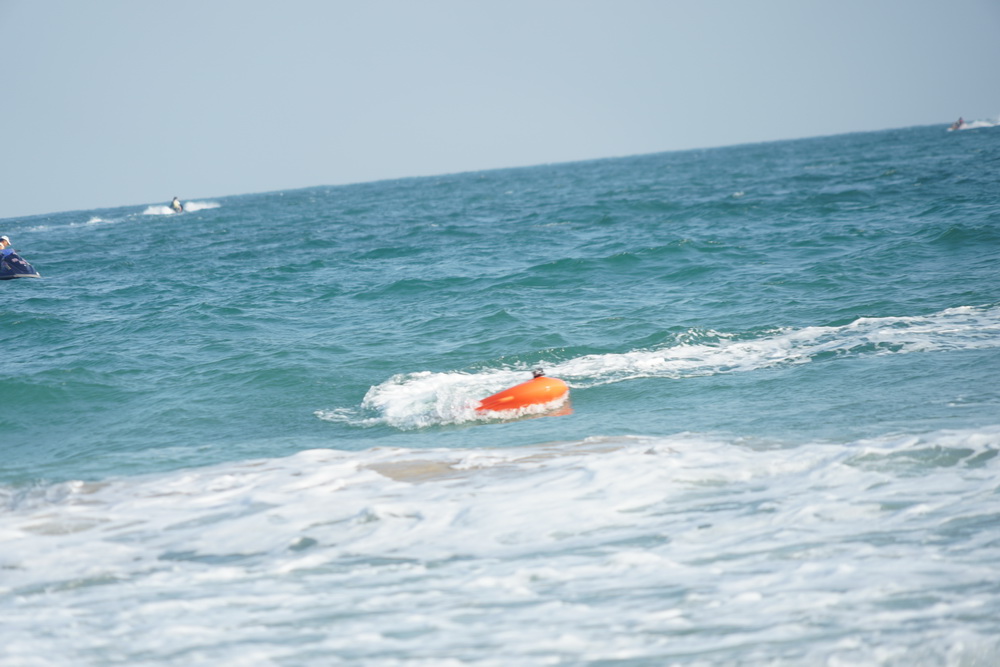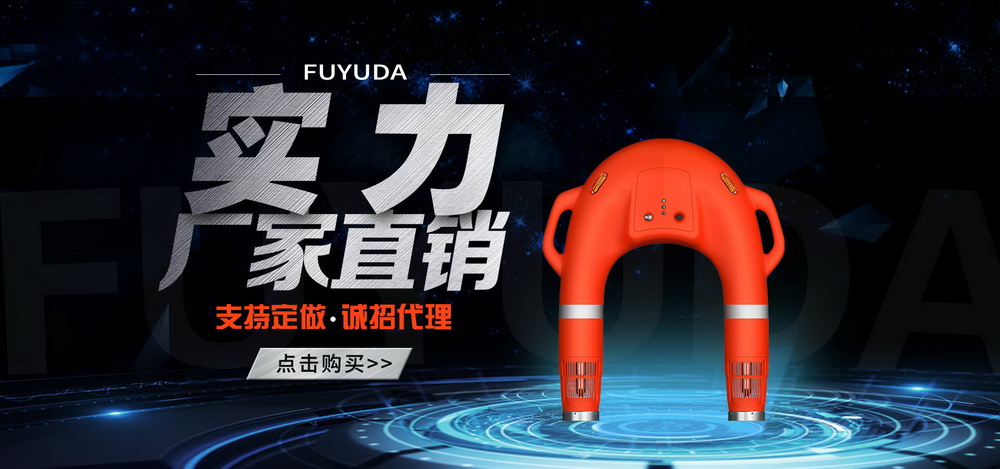Water Rescue Robot: Environmental Perception and Data Fusion Modern water rescue robots rely on multiple sensors to achieve comprehensive environmental awareness. These sensors typically include millimeter-wave radar, ultrasonic sensors, stereo vision cameras, and GPS/IMU positioning systems. Through multi-source data fusion techniques (such as Kalman filtering or particle filtering), water rescue robots can construct dynamic local environmental maps. These maps contain not only static obstacles (such as rocks and dock pilings) but also identify dynamic obstacles like floating debris and other vessels, providing reliable input for subsequent path planning.
Water Rescue Robot: Obstacle Recognition Based on Deep Learning To improve recognition accuracy in complex aquatic environments, advanced water rescue robots employ deep learning models based on Convolutional Neural Networks (CNN) for image recognition. Trained on large datasets of aquatic scenes, the system can accurately distinguish between drowning persons, floating debris, and real obstacles. Combined with semantic segmentation technology, water rescue robots maintain high target recognition rates even under foggy, rainy, or low-light conditions, ensuring accurate obstacle avoidance decisions.
Water Rescue Robot: Dynamic Path Planning and Real-Time Obstacle Avoidance After acquiring environmental information, water rescue robots use improved A* algorithms or the Dynamic Window Approach (DWA) for path planning. When an obstacle is detected ahead, the system calculates multiple alternative routes in real time, scores them based on safety, rescue efficiency, and energy consumption, and selects the optimal path for detouring. Meanwhile, through PID control and posture feedback adjustment, water rescue robots can achieve smooth turning during high-speed navigation, avoiding violent shaking that could compromise rescue stability.


 .
.

Water Rescue Robot: Autonomous Return and Collaborative Rescue Modes Beyond single-unit obstacle avoidance, high-end water rescue robots also support autonomous return and multi-unit collaboration. Upon completing a rescue mission or when battery levels are low, the device can automatically return to its starting point based on preset routes or remote commands. In multi-unit cooperative mode, each water rescue robot can share obstacle information via wireless communication, forming an intelligent swarm network for obstacle avoidance, significantly improving search-and-rescue coverage and response speed in large water areas.
Water Rescue Robot: Future Development Trends With advancements in artificial intelligence and edge computing, future water rescue robots will possess stronger autonomous decision-making capabilities. The deployment of lightweight neural network models will enable on-device processing of complex computations, reducing reliance on communication links. Meanwhile, integration with 5G/satellite communication will allow water rescue robots to achieve remote precise control and intelligent obstacle avoidance in extreme environments such as open seas or flood disasters, thereby saving critical time for life-saving operations.




















 Current Position:
Current Position:












